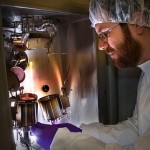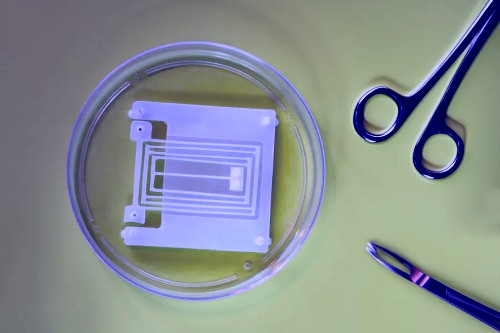New Nanoparticle Treatment For Burns: Shows Promise In Treating Burn Related Infections And Inflammation
A new study conducted by researchers at the University of Michigan suggests that treating second-degree b urns with a specially formulated nanoemulsion lotion greatly cuts back on bacterial growth and acute inflammation, associated with such burns. Currently, the creams used to treat second-degree burns have limitations in the sense that they cannot permeate into the skin to kill sub-surface bacteria and have a feeble effect on inflammation.
urns with a specially formulated nanoemulsion lotion greatly cuts back on bacterial growth and acute inflammation, associated with such burns. Currently, the creams used to treat second-degree burns have limitations in the sense that they cannot permeate into the skin to kill sub-surface bacteria and have a feeble effect on inflammation.
In th e current study led by Dr. Mark R. Hemmila, associate professor of surgery at the U-M Medical School, in collaboration with the U-M Department of Surgery and NanoBio Corporation, nanoemulsion lotion was found to have a one thousand fold effect on sizing down bacterial growth compared to control animals receiving no treatment or a placebo and a similar effect on burn patients using a topical anti-microbial agent.
e current study led by Dr. Mark R. Hemmila, associate professor of surgery at the U-M Medical School, in collaboration with the U-M Department of Surgery and NanoBio Corporation, nanoemulsion lotion was found to have a one thousand fold effect on sizing down bacterial growth compared to control animals receiving no treatment or a placebo and a similar effect on burn patients using a topical anti-microbial agent.
Burns victims that are brought to tertiary hospital trauma and burn centres are generally those with second-degree burns or partial thickness burns, and require aggressive treatment to curb infection. Treatment also entails prevention of vital fluids from blood vessels leaking into damaged skin, an aftermath of inflammation within the body. Scientists of the current study used nanoemulsion on twenty percent of the bodies of such patients and found a favourable outcome.
The nanoemulsion lotion contains soybean oil, alcohol, water and detergents emulsified into droplets less than 400 nanometres in diameter. The mode of action of this emulsion appears to be its ability to reduce the action of two critical inflammatory agents (cytokines) that play a role in the cell signalling process during the post burn period. According to Dr. Hemmila, slowing this action may prevent initial burn damage from becoming worse, and thus reduce the severity of the burn and extent of skin grafting needed.
These findings presented at the Interscience Conference for Antimicrobial Agents and Chemotherapy, also talked of another addition to the applications of this nanoemulsion in its use for the treatment of cold sores, toenail fungus and cystic fibrosis infections. However, this study is not a comprehensive one as it needs to be tested for probing into the effects on complete healing process.
Article by Snigdha Taduri for BioMed-Me








